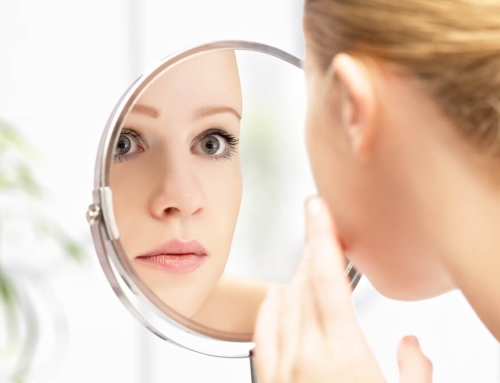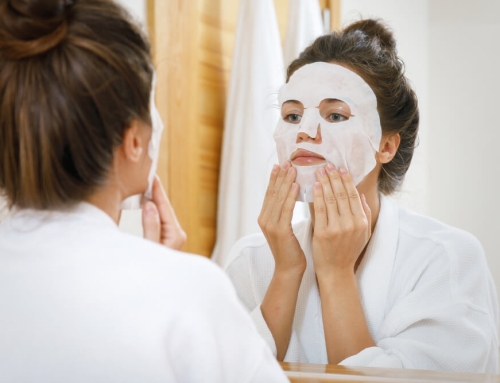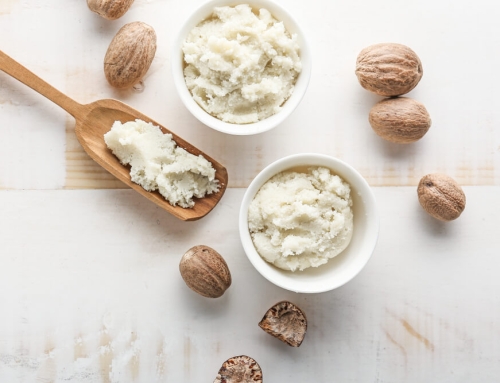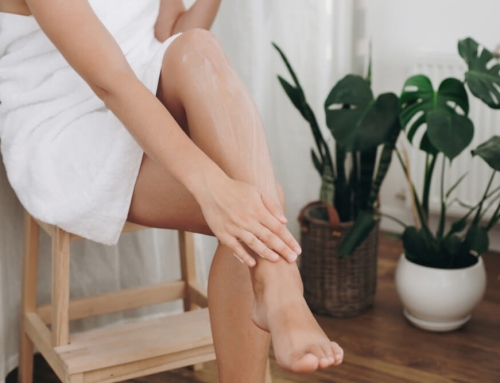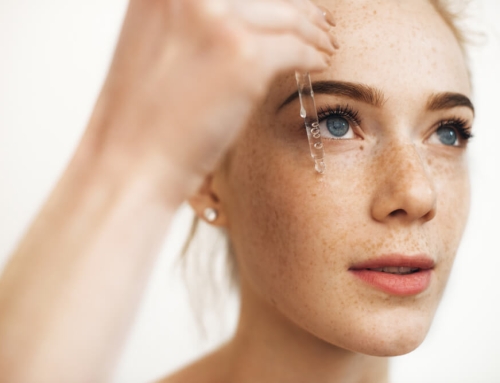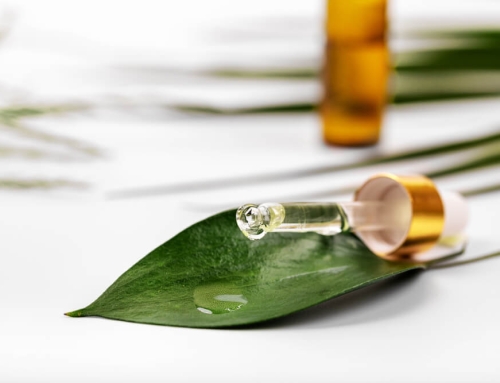Acne is probably something everyone has experienced in their lives. Some are lucky enough to only get a few pimples here and there during their entire teenage years, but others still suffer from acne well into adulthood. It’s an ugly truth, but it is something that should be said and heard. One of the terrible pains in dealing with acne is the aftermath wherein it leaves a mess of your face with scarring and pigmentation. Extracting a pimple can be quick and painless, but lightening and evening out acne marks and scars can take forever. So if you have just gotten over a bad breakout, here are a few essential tips and tricks on how to heal your skin to take your skin from red and dull to even and glowing.
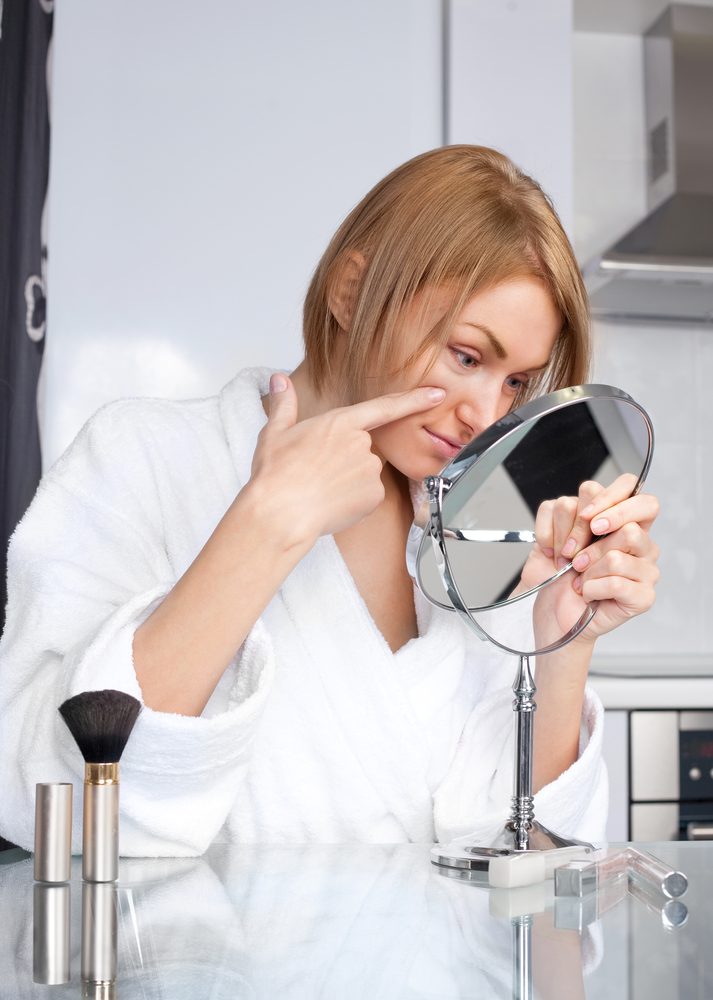
Tip 1: Know the Difference Between Scars and Marks
The first step to healing your skin is to know whether you have acne scars or acne marks because it will really make a difference once the healing process commences. Acne marks are those red, or pink, or brown spots that appear after the blemishes are gone. Don’t panic because it is just your skin’s way of telling you that they are doing all they can to fix the damage. Do not worry as much, too, if you have acne marks because with the consistent use of skin lightening products, they will be gone in no time!
Acne scars on the other hand, are the evil ones and the bane of every acne sufferer’s existence. First, acne marks appear. Once they have lightened up, a small, or, God forbid, a big indentation appears on your skin. They can range from tiny “ice pick” scars to large “boxcar” scars. So before reaching for any kind of treatment, make sure you know if you’re suffering from the former or the latter!
Tip 2: Find the Right Products
A consistent skin care regimen is one of the more important things when healing acne scars or marks to smoothly enable the ‘skin rejuvenation’ process. Try reaching for products that encourage collagen production or those that revive the skin’s cells because this will definitely help in reducing those unsightly leftovers. Products that contain retinol are good, too, because they contain anti-aging properties that help smooth the skin over which will help in dealing with the uneven texture on your skin. Plus, and this is supposed to be a no-brainer, never forget sunscreen with an SPF of at least 30 to protect your skin, prevent early signs of aging, and reduce further damage to the scars and marks!
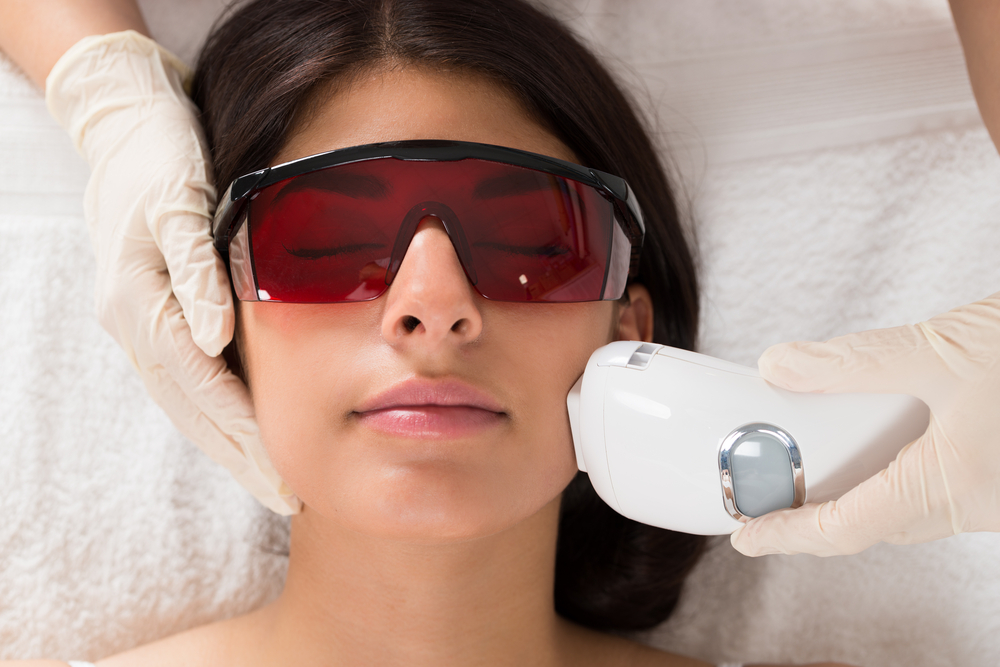
Tip 3: Go Pro
If you want to take the ‘healing’ up a notch to make the process quicker, procedures to smooth over scars or “fill them” can be done by professionals, too. Chemical peels – think of it as an exfoliator on steroids – are good for treating acne marks because it promotes faster cell regeneration to even out your skin. Further, dermal fillers, lasers, and punch excisions are notable options for filling in all types of acne scars, from the smallest to the biggest. According to Dr. Bowe from Teen Vogue, since acne scars vary, it’s best to use different types of treatments on the skin when going in for a procedure. Multiple treatments on different types of scars would be like hitting two birds with one stone!
Tip 4: Patience, Patience, Patience
When it comes to healing acne scars and marks, your best asset is patience. When people say, “Patience is a virtue,” believe it because I know how gratifying it is to finally be rid of spots, only to be stressed out by the damages it has left. Believe that your scars will fade soon and do not stress or be anxious about it because stress is a cause for pimples too, and you don’t want that to happen again. Before you know it, you will have flawless and even skin again!

